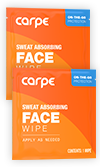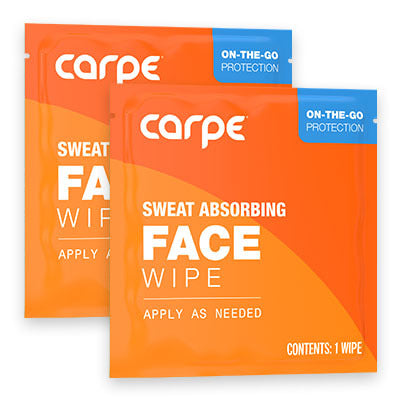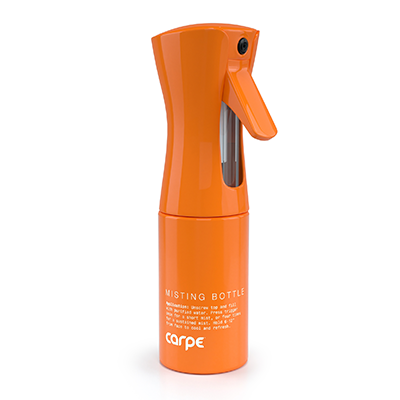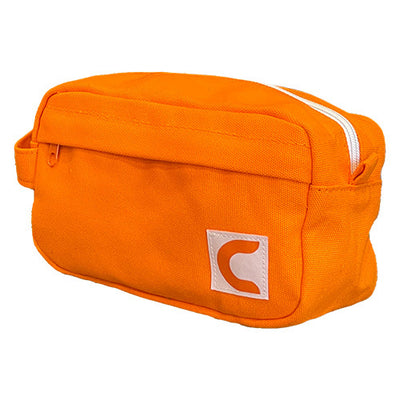For people who suffer from hyperhidrosis that affects their palms and the soles of their feet, botulinum injections, or botox for short, can provide significant relief from symptoms. Botox injections work best for those who have primary focal hyperhidrosis (sweating in localized, specific areas). This article goes into detail for those who need to know about botox as a treatment for sweaty hands and and as a treatment for sweaty feet. The type of sweat glands that allow the body to sweat are called eccrine gland and they are numerous. Sweat glands cover the entire body, but are especially prevalent on the palms and the soles of your feet. People with primary focal hyperhidrosis have normal sweat glands that are dispersed in the same density as non-affected people, but their sweat glands are overactive in specific areas, so they experience excessive sweating. This is why a localized treatment like botox injections can be so helpful.[1]
Botulinum toxin is a type of neurotoxin produced by a bacteria called Clostridium botulinum which can cause paralysis in humans. Historically, botox has been used in cosmetic procedures to reduce the appearance of wrinkles. However, in recent years this toxin has been utilized in many medical treatments and has been found especially effective for managing the sweat caused by primary focal hyperhidrosis. One study published in the journal of Neurology found that botox injections were effective in eliminating hyperhidrosis symptoms in all its participants for two months after receiving injections. It also showed that the results of botox remained effective in most patients after six months.[2] Studies like this show that botox is a viable treatment for those suffering from palmar and plantar hyperhidrosis who have not had success managing hyperhidrosis at home and in whom over the counter topical treatments have not been effective. Botox injections are typically a second line treatment and patients should see if more conservative treatments are effective when before trying them. First line treatments often don’t provide enough relief for many suffering from hyperhidrosis. For these people, botox injections are an excellent method of reducing symptoms and improving quality of life. Most patients who initiate treatment are motivated to stick with it due to its effectiveness and lack of adverse effects.[1] Currently, botox injections are used off-label for the treatment of palmar and plantar hyperhidrosis, but are FDA approved for use in axillary hyperhidrosis.[4]
How Botox for Palmar and Plantar Hyperhidrosis Works
Botox is approved by the FDA for the treatment of axillary hyperhidrosis, but doctors have found that it is also an effective treatment for palmar and plantar hyperhidrosis. However, botox is not currently FDA approved for use in the hands and feet. The procedure is similar for all three areas of the body, but varies slightly based on the location in which injections are administered. Before patients are given botox treatment they are evaluated to see severe their sweating is. This can be done in several ways including through the use of an evaporimeter, persprint paper, patient reports, and most commonly, the iodine starch test.[1]
There are four brands of botox formulations that are approved for use in the United States and each one works slightly differently. When injected, all botulinum toxins block the release of acetylcholine and various other neurotransmitters which prevent the eccrine glands (sweat glands) from producing sweat which alleviates hyperhidrosis symptoms. The injections are placed directly into the affected areas of the palms or soles.[1]
Before botox treatment is stated an iodine-starch test may be performed to determine the area of the palm or sole that requires treatment. A povidone-iodine solution is painted onto the affected area and then cornstarch is added. When a patient begins to sweat the mixture highlights the moistened areas by forming dark marks where sweat is collecting, thereby letting the practitioner know where the problem areas are.[4] A grid is then marked on the hand or foot that is going to be treated, indicating where the injections will be placed.[1]
Prior to beginning injections patients are given some type of pain management. Typically, a regional nerve block is placed so that a patient will temporarily lose sensation of the palm or foot. This is done with an injection and blocks sensations from the local nerves. Other types of pain control are sometimes used such as needle-free anesthesia, ice, skin-cooling devices, vibrational analgesia or pocketed microneedles.[1]
The botox formulation is then injected into the skin of the palms or soles of the feet where the marks indicate. The skin of the palms and soles can be particularly thick, so multiple needles may be used. The type of botulinum formula that is used is variable and depends on the doctor. Treatments usually need to be repeated once every six months.[1]
After receiving treatment, patients are monitored to make sure that the procedure was successful and to ensure that no significant side effects occur. This begins in the doctor’s office directly after the procedure and continues for the next few weeks. Most patients experience relief from symptoms within 7 to 10 days of getting botox injections. Doctors will typically call a patient after two weeks to confirm that it their procedure was effective.[1]
Adverse Effects
The most common side effect of palmar and plantar botulinum injections are immediate pain and bruising at the injection site. Injections in the palm can sometimes cause weakness in the muscles of the hand and atrophy of muscles. This is fairly common. Other complications can arise from the regional nerve block and can include neuropathy, impaired hand dexterity, and other potential issues. A nerve block to the wrist, which is frequently used as a pain control method for patients getting botox, can also lead to some immediate side effects. Most notably, a condition called reactive hyperemia, in which oozing occurs at each injection site can occur as a result. There are very few cases of patients developing a hematoma, swelling from clotted blood under the skin, although it can happen. In general, botox is thought of as a fairly safe treatment for hyperhidrosis. Most patients who fail to continue treatment are thought to do so because of pain and because of the fact that it can feel invasive.[1]
When Botox Should Not be Used
There are some situations in which botox injections should not be considered as a treatment option. Botox is considered a category C medication for pregnant women and so should be avoided during pregnancy and nursing. It is important to make sure a patient is not allergic to botulinum toxin before treatment can be initiated. There are also certain medications that can impact the metabolism of botulinum and make it unsafe to use.[1]
While people usually don’t experience any serious side effects from getting botox injections, for those in careers that require fine hand movement and strength doctors tend to be especially careful. Botox is still recommended for people in this situation, but doctors suggest getting botox injected into a person’s non dominant hand first to make sure that no complications occur. Once a person knows they can safely receive injections in their non dominant hand their dominant hand can be treated at a later visit.[1]
For those who are struggling to find successful treatment for sweaty hands or treatment for sweaty feet botulinum injections may be the right next step in your journey to conquering hyperhidrosis. It is less invasive than surgical treatments for primary focal hyperhidrosis and has been shown to be very effective treatment modality.
Sources
- Pariser, D. M. (2014). Hyperhidrosis (4th ed., Vol. 32). Amsterdam: Elsevier Pub. Co., 2014. Retrieved
- Saadia, D., Voustianiouk, A., Wang, A. K., & Kaufman, H. (2001). Botulinum toxin type A in primary palmar hyperhidrosis Randomized, single-blind, two-dose study. Neurology, 57(11). doi:https://doi.org/10.1212/WNL.57.11.2095
- Doft, M. A., Hardy, K. L., & Ascherman, J. A. (2012). Treatment of Hyperhidrosis with Botulinum Toxin. Aesthetic Surgery Journal, 32(2), 238-244. Retrieved July 29, 2018, from https://academic.oup.com/asj/article/32/2/238/2801331.
- Walling, H. W., & Swick, B. L. (2011). Treatment Options for Hyperhidrosis. American Journal of Clinical Dermatology, 12(5), 285-295. Retrieved July 27, 2018, from https://login.proxy187.nclive.org/login?url=https://search.proquest.com/docview/1467836763?accountid=14867




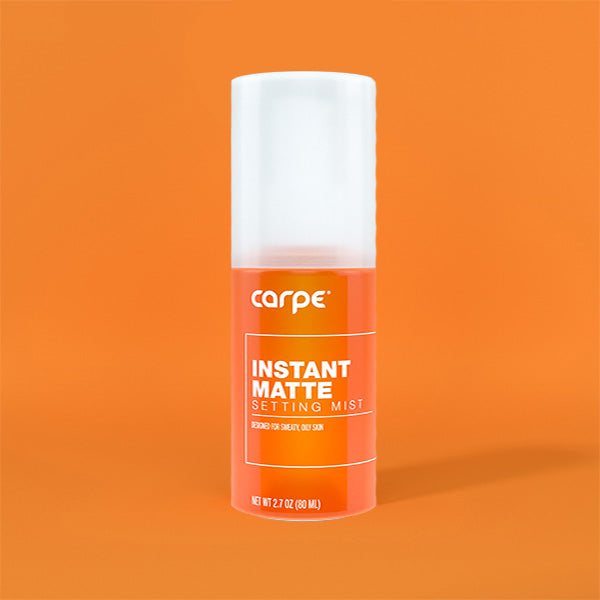

16790753702383.jpg?v=1679075372)

16790746985853.jpg?v=1679074700)


16790757289763.jpg?v=1679075731)






